MANUFACTURING INDUSTRYManufacturing TransformationDigitalizationServitizationGreenization
Compared to other industries,wastewater treatment systems face very complex and variable production conditions and treatment processes, making it difficult to achieve good treatment results solely through manual experience, and they also lack economic efficiency.
In recent years, with the increasingly strict domestic discharge standards,most wastewater treatment plants have undergone upgrades, further complicating the wastewater treatment processes and significantly increasing the workload of personnel.
Therefore, both subjectively and objectively, there is a need to establish an automated control system applicable to the wastewater treatment process.
PLC automated control systems meet the requirements of decentralized equipment, multiple control points, and complex control information in wastewater treatment plants, making them the preferred choice for automated control systems in wastewater treatment plants.
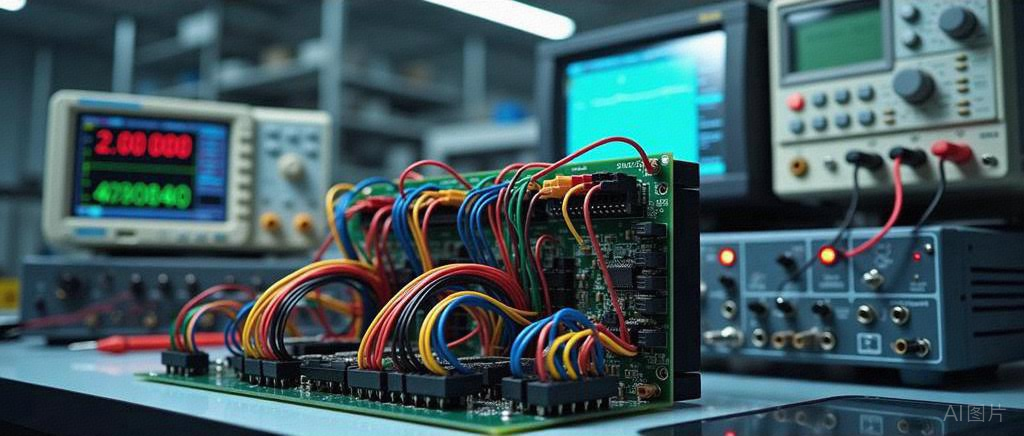
What is PLC? What are its advantages?
1. Concept of PLC
PLC stands for Programmable Logic Controller, which translates to可编程逻辑控制器.
It is a modern automation control technology developed and applied based on computer technology, big data technology, and communication technology, serving as a programmable memory with features such as programmability, storage, data processing, logical operations, and sequential control.
Additionally, PLCs also have timing and automatic control functions, allowing users to achieve electrical automation control effects through program writing and input, enabling coordinated control of water treatment system equipment, reducing the probability of manual operation errors, and significantly improving water treatment efficiency.
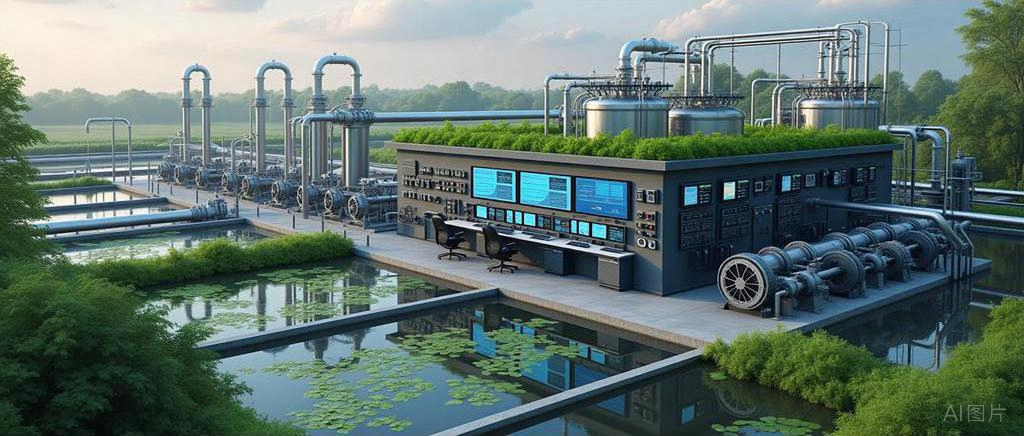
2. Advantages of PLC Applications
Due to the complexity of wastewater treatment itself, many wastewater treatment plants choose to userelays to control the water treatment system during actual processing. However, the use of relays often has some drawbacks, such as:
During relay installation, the wiring layout is complex; once the wiring program is determined, it is difficult to change, making subsequent system operation and maintenance work arduous; the complexity of the wiring leads to difficulties in troubleshooting and delays in repairs, ultimately affecting the overall operational efficiency and safety of the water treatment system.
In contrast, using PLC electrical automation control can effectively enhance the reliability and stability of the water treatment system.
Firstly, it utilizes wireless communication transmission, effectively avoiding issues caused by wiring; secondly, it can monitor the water treatment system in real-time through sensors, reducing energy consumption and the failure rate of the water treatment system, thus saving operation and maintenance costs. Finally, it can optimize the operation of the water treatment system and enhance the level of intelligent production, achieving information management and reducing energy consumption and operating costs.
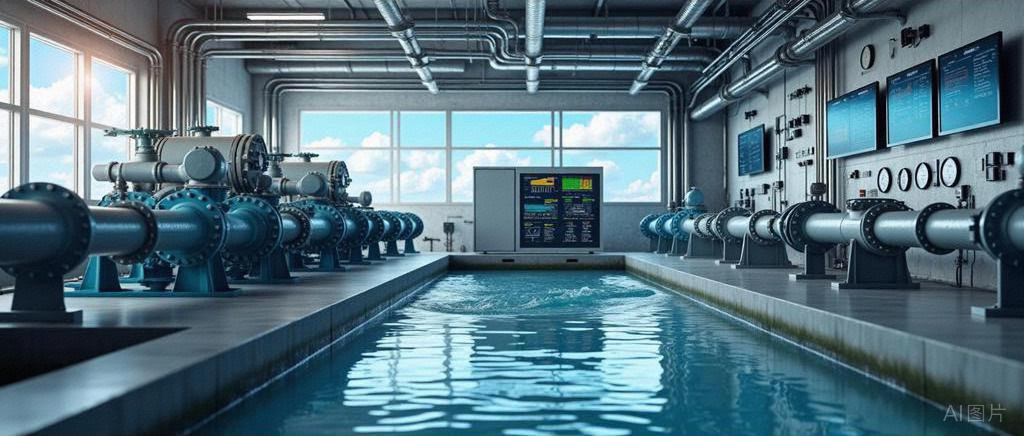
Application of PLC Systems in Wastewater Treatment
1. Main Functions of PLC Systems
Selection of PLC Control Methods
Generally, the control method adopts a three-level control approach, as follows:
- First Level: Automatic Control Mode: The PLC automatically performs operational control based on the control program and various real-time data collected on-site, without human intervention, referred to as “automatic”;
- Second Level: Centralized Control Mode: Various operational commands are issued by operators in the central control room, on-site operation stations, or touch screens to control the equipment. Referred to as “single control”;
- Third Level: Manual Control Mode: Operators control the equipment on-site through the electrical control cabinet. This control is implemented through electrical circuits, with PLC not participating. Referred to as “manual”;
The control levels from highest to lowest are: manual, single control, automatic.
PLC Online Monitoring Function
Applying the PLC automatic control system in wastewater treatment allows for real-time monitoring of the wastewater treatment situation using its data collection capabilities.
Specifically, under the support of industrial control software, the computer screen in the central control room can dynamically display changes in the process flow and provide image support.
Staff can understand the operational status of equipment, detection data from instruments, and other important parameters in real-time, and make adjustments based on the abnormal situations displayed on the screen.
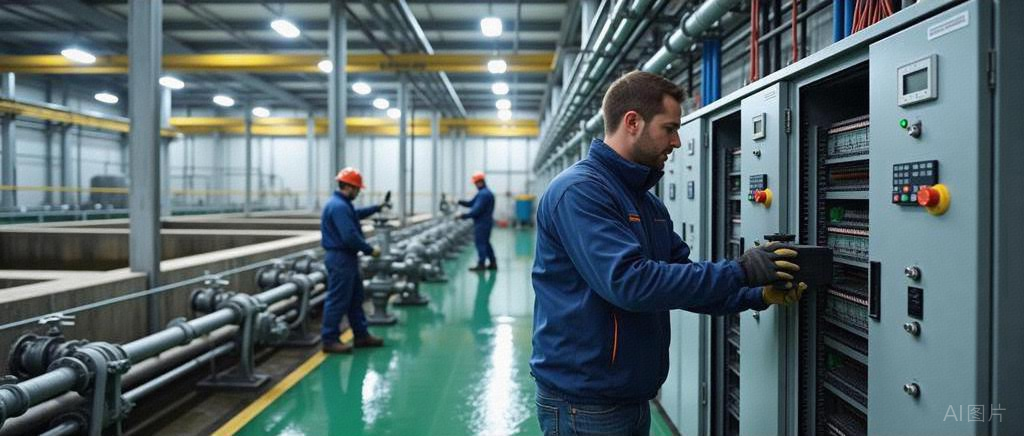
PLC Fault Alarm Function
During the wastewater treatment process, the application of the PLC automatic control system serves the function of fault alarm.
If a fault occurs in the equipment, the PLC system will activate the fault alarm function according to the pre-established plan and perform initial handling of the fault, primarily using visual and audible alarms to prompt wastewater treatment plant staff to address the fault.
The alarm window in the system is designed to display current alarms and historical alarms. Current alarms only show the alarm information that still exists; historical alarms display processed and reset alarm information.
PLC Real-time Management Function
The PLC system can analyze, classify, and store pipeline process data and treatment data in a database for convenient management. Specifically, it manifests as:
- Display of pipeline status parameters. For example, charts and data showing the layout of the wastewater treatment plant’s pipelines, the composition of all equipment, and the entire process flow.
- Real-time recording of operational processes. All operations involved in the wastewater treatment process are recorded in real-time in chronological order and stored in the database, which can be printed if necessary; ensuring that all operations during wastewater treatment are traceable, ensuring safe and standardized operations by staff.
- Hierarchical safety management of operations. All operations in the PLC system are assigned confidentiality levels, separating operation and maintenance, using different accounts and passwords for login, with different operations completed by different levels of accounts and passwords, and the system records the operational information of personnel throughout.
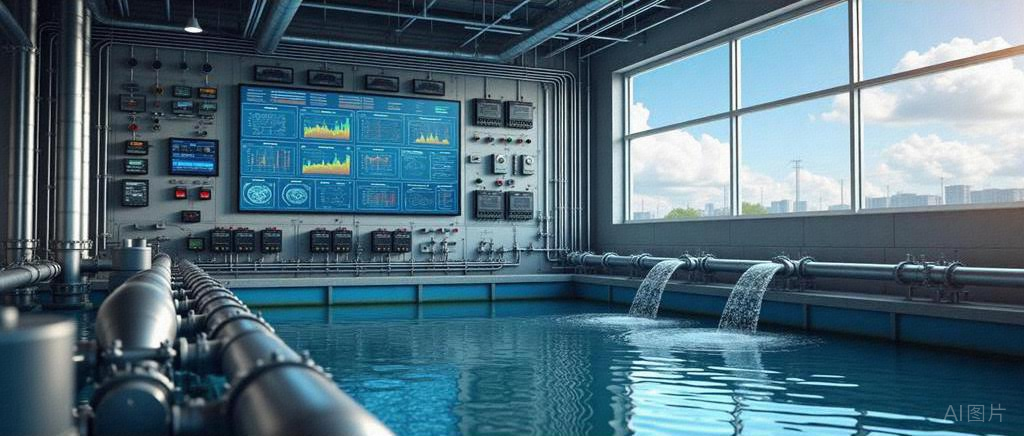
PLC Trend Analysis Function
The trend analysis function in the PLC system is designed to help operators take timely measures based on operational trends. It primarily displays in curve form, divided into historical trends and real-time trends.
Historical trends record the past operational states of equipment, instruments, and meters, allowing for viewing specific trends at a past moment.
Real-time trends record the changes in the working states of various equipment, instruments, and meters during the current production process, allowing for scheduling and management of equipment based on real-time trend information.
PLC Interlocking Protection and Report Generation Function
The interlocking protection function in the PLC system is primarily designed to prevent accidents caused by issues in one device that could damage other devices, enhancing equipment protection capabilities.
Automatic report generation is a basic function of the system, mainly for printing, viewing, filing, and providing reference for staff regarding important operational data and fault handling.
2. Application of PLC in Wastewater Treatment Systems
PLC is used in the main process units of wastewater treatment systems, effectively promoting the improvement of treatment efficiency.
Pre-treatment System
The screening system controls the spiral conveyor, screening machine group, and ultrasonic level meter as the main control objects.
An ultrasonic level difference meter is installed at the positions of the coarse and fine screens to measure and compare the level difference. This control can set level control and timing control on the monitoring computer. The key to level control is to achieve automatic start-stop control of the screening machine based on the level difference before and after the screen using PLC.
Intermediate Lifting Pump
The lifting pump is primarily controlled automatically based on the height of the liquid level.
When a fault occurs in the pump, the faulty pump will automatically disconnect from the PLC control program, and the backup pump’s control program will automatically engage, ensuring that the operating time of the pumps remains approximately the same.
De-carbonization Biofilter Unit
PLC controls the automatic flushing and other process flows in the de-carbonization biofilter.
Under PLC control, the flushing process in the carbon biofilter is automatically completed in steps including initial rapid drainage, air wash preparation, air wash, air-water mixed flushing, extended air-water mixed flushing, rinsing, final drainage, and maturation.
Denitrification Biofilter Unit
PLC controls the automatic filtration and flushing processes in the denitrification biofilter.
It automatically selects the number of filters based on the inflow rate, prioritizing the activation of filters with longer filtration times and stopping those with shorter filtration times, ensuring a natural rotation of filtration, flushing, and waiting.
Chemical Dosing Unit
PLC automatically controls the dosage of sodium acetate based on inflow flow meters and water quality instruments such as dissolved oxygen and nitrate nitrogen, effectively removing ammonia nitrogen from the water.
PLC automatically calculates the required flow based on inflow flow, original drug concentration, and dosing concentration, using the required flow as the set value for PID regulation, and the outlet flow meter of the polymer dosing pump as the PID control feedback value, ensuring the continuity and accuracy of polymer dosing through closed-loop PID dosing.
Sludge Dewatering System
Based on the sludge concentration meter at the outlet of the sludge mixing pool, it automatically adjusts the feed amount and dosing amount of the centrifuge to ensure the continuous and stable operation of the sludge dewatering system.
What are the differences between PLC and DCS? How to choose?
The development of PLC is based on the on-site control needs of the manufacturing industry, while DCS is developed for continuous process control and monitoring in the chemical and power industries. Their differences mainly lie in three aspects:
- Different target audiences: PLC is aimed at general industrial control fields, with strong versatility; while DCS focuses on process control, used in industries such as chemicals and power.
- DCS emphasizes the precision of continuous process control, capable of implementing complex controls such as PID, feedforward, cascade, multilevel, fuzzy, and adaptive, while PLC only has PID functionality, with lower control precision than DCS.
- DCS systems have powerful software packages that can be specifically developed for software (process parameter configuration and control algorithms), making applications more convenient compared to PLC.
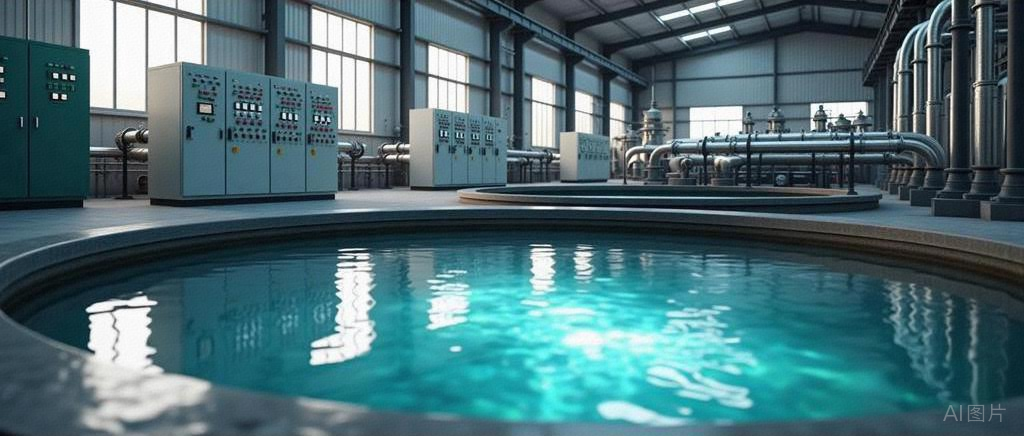
From the perspective of differences, DCS is superior to PLC, but DCS also has many drawbacks:
1. The communication protocols of DCS are proprietary, making it difficult for different manufacturers’ DCS systems to connect with each other and with upper-level networks, resulting in closed information exchange and differing communication standards, leading to incompatibility in automatic control systems.
2. In fact, DCS can only achieve semi-distributed control, which causes the entire system’s wiring to be exceptionally messy, leading to a very simple control circuit having a long transmission path, triggering many issues.
3. DCS detection and control are conducted through analog signals, resulting in a lack of information exchange between various devices in the control system, between systems, and between the entire system and the external environment. Additionally, the transmission accuracy of analog signals is relatively poor and susceptible to external interference.
4. Nowadays, DCS widely uses input-output cards, which causes the detection and control signals of the system to fail to meet expected requirements, with long transmission lines in the entire system, and requiring A/D and D/A conversions, significantly increasing system errors and faults.
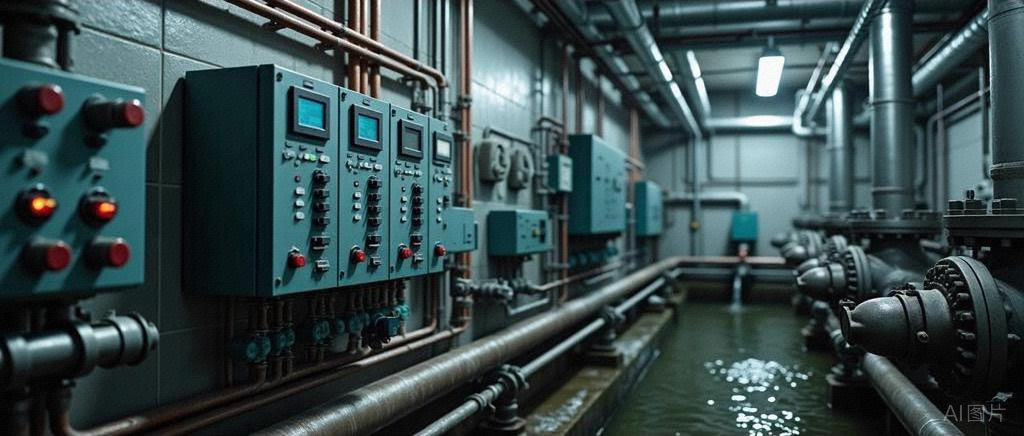
From a developmental perspective, various control methods are gradually merging, especially PLC, which can now accomplish most of the functions of DCS and can also perform redundancy or hot backup, with modules that can be plugged in and out while powered.
As for whether to choose PLC or DCS, it mainly depends on the target audience. For example, the power industry typically selects DCS control systems for main equipment, while relatively independent wastewater treatment workshops usually opt for PLC control.
END One-stop Control Automation UpgradeScan to FollowLearn More
One-stop Control Automation UpgradeScan to FollowLearn More